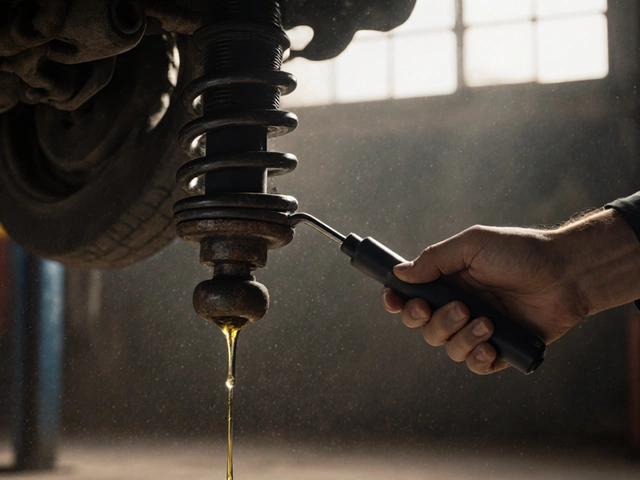Engine Ignition Basics – What Every Driver Should Know
Getting your car to start is the first thing you expect every morning. The engine ignition system makes that happen, and if any part of it is off, you’ll be stuck watching the dashboard. Let’s break down the key pieces, common problems, and quick fixes so you can stay on the road without a garage visit.
How the Ignition System Works
At its core, ignition is about creating a spark at just the right time. Spark plugs sit in each cylinder, firing when the engine’s control unit tells them to. The coil turns the battery’s low voltage into the high‑voltage spark needed to ignite the fuel‑air mix. If the timing is off or the spark is weak, the engine will misfire, run rough, or not start at all.
Most modern cars use electronic ignition, which means the computer decides when each plug fires. Older cars may still have a distributor, but the principle remains: a spark, a fuel mix, and a little heat to get the piston moving.
Spotting Ignition Problems Early
Here are the tell‑tale signs that something’s wrong with your ignition:
- Rough idle or stalling right after you stop.
- Hard starts, especially in cold weather.
- Engine back‑firing or popping.
- Check‑engine light flashing with a code related to misfire.
If you notice any of these, start with the spark plugs. A worn plug can cause weak sparks, and fouling (oil or carbon buildup) can prevent a clean spark altogether.
Our own guides walk you through checking plug gaps, cleaning, and knowing when to replace them. For most drivers, swapping a set of plugs every 30‑40k miles keeps the ignition humming.
When plugs look fine, look at the ignition coils. A coil that’s overheating or cracking will send a weak spark. You can test coil health with a multimeter or have a quick swap with a known good coil to see if performance improves.
Don’t forget the battery. A low‑voltage battery can’t feed enough power to the coil, especially on cold mornings. A simple voltage check (should be around 12.6 V at rest) can rule out this easy fix.
Finally, the wiring harness and connectors can rust or loosen over time. Give them a visual inspection and clean any corrosion with electrical contact cleaner.
Keeping the ignition system in shape doesn’t require a mechanic’s toolbox—just a little know‑how and the right parts. If you’re unsure, our friendly team at Northwich Tyres Centre can inspect, test, and replace ignition components fast, so you’re back to driving without a hassle.
Ready to check your spark plugs or need a new coil? Browse our latest posts on spark plug performance, ignition troubleshooting, and more. With the right care, your engine will start every time, rain or shine.
 13 February 2025
13 February 2025
Spark Plug Basics: What It Does and Why It Matters
A spark plug is a small yet crucial component of the engine's ignition system. It ignites the air-fuel mixture, enabling your car to start and run smoothly. Learn how it works, signs of wear, and tips to keep it functioning efficiently. Proper maintenance can improve fuel efficiency and avoid costly repairs. Understand why keeping your spark plugs in top shape matters for your vehicle's performance.
Latest Posts
-

Which Exhaust Gives the Most Horsepower?
-

Signs Your Car's Fuel Pump Is Failing: What to Watch Out For
-

How to Improve Suspension Comfort: Simple Upgrades for a Smoother Ride
-

Make Your Car AC Cold Again: Simple Solutions to Beat the Heat
-

What Color is Bad Engine Oil? Understanding the Signs of Trouble

0